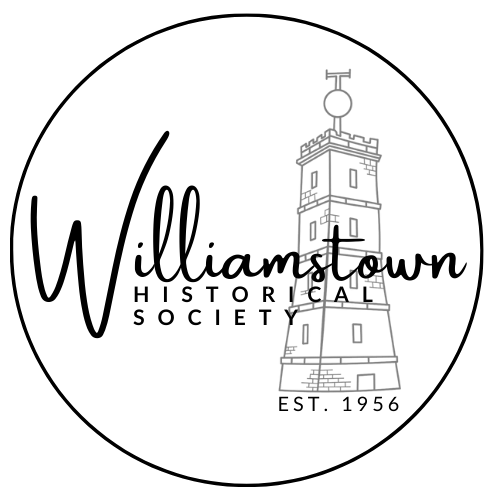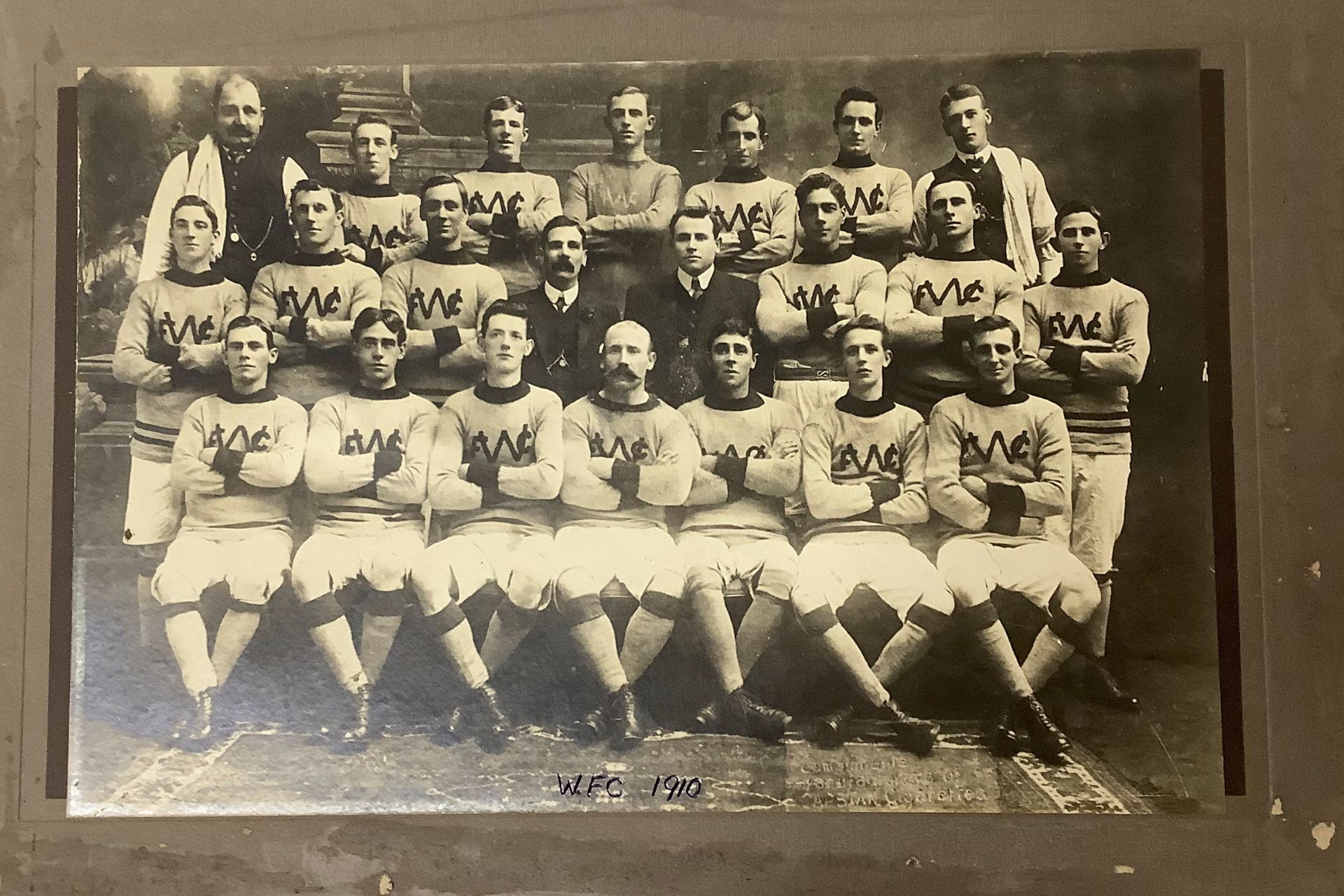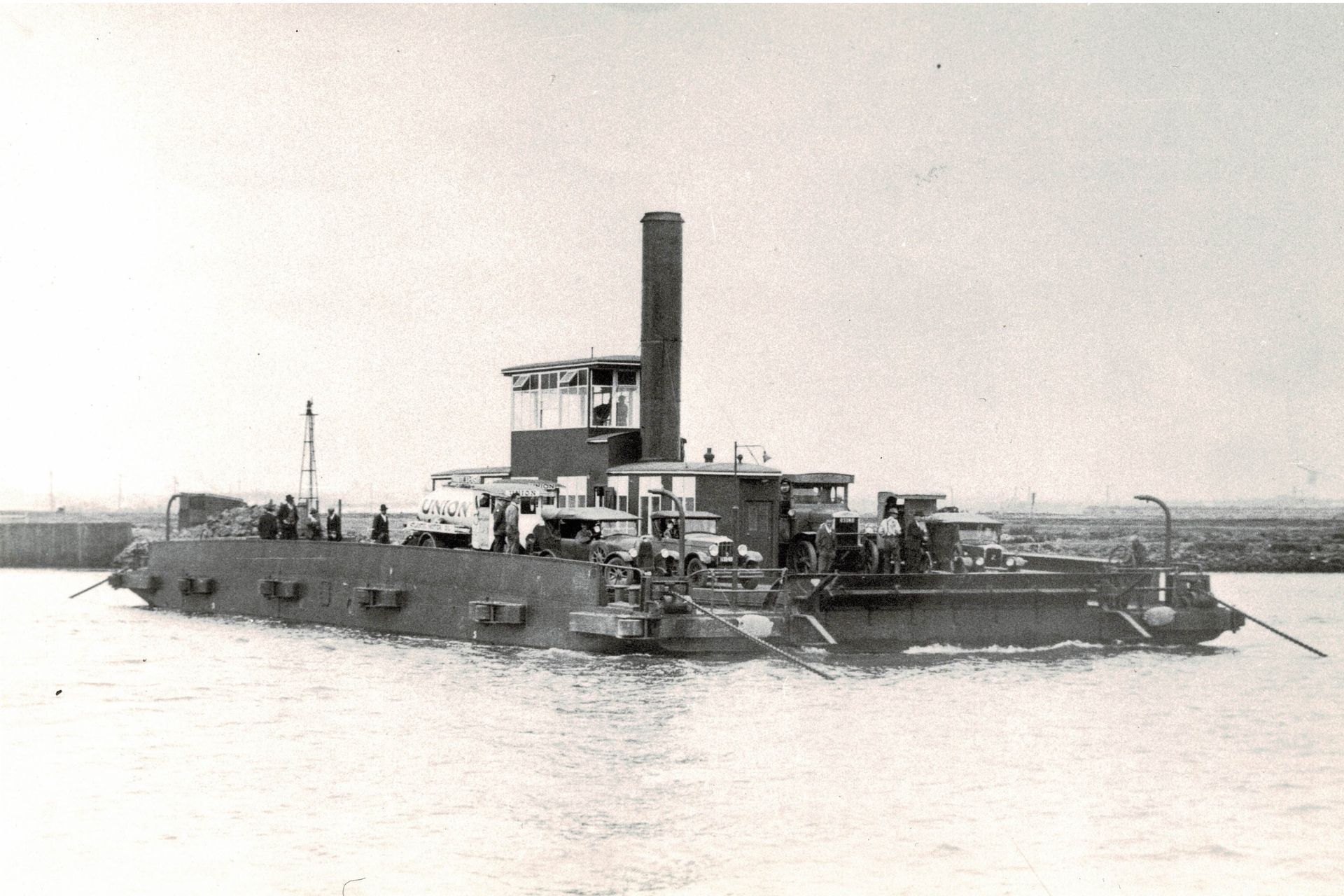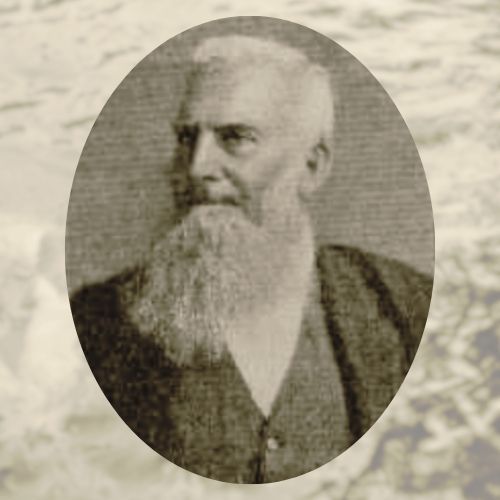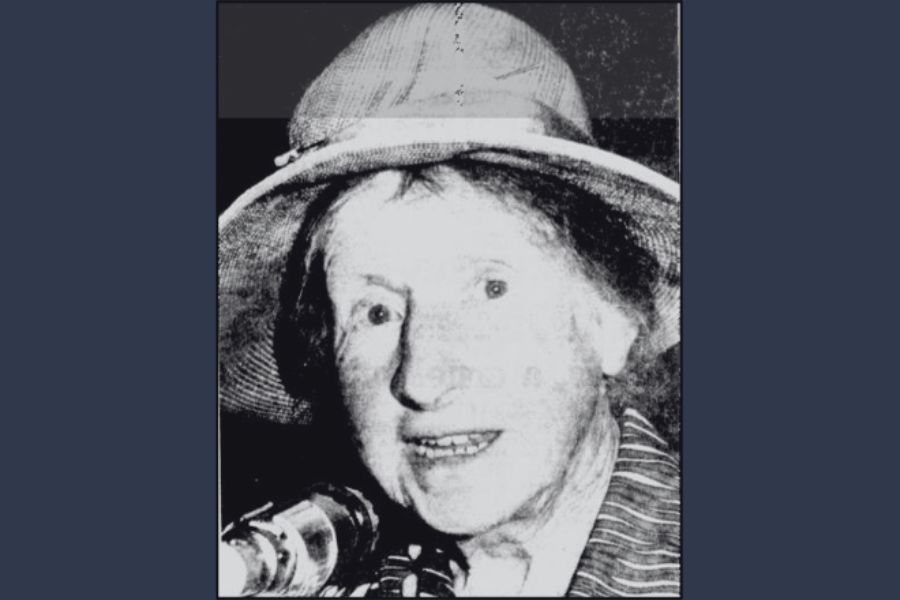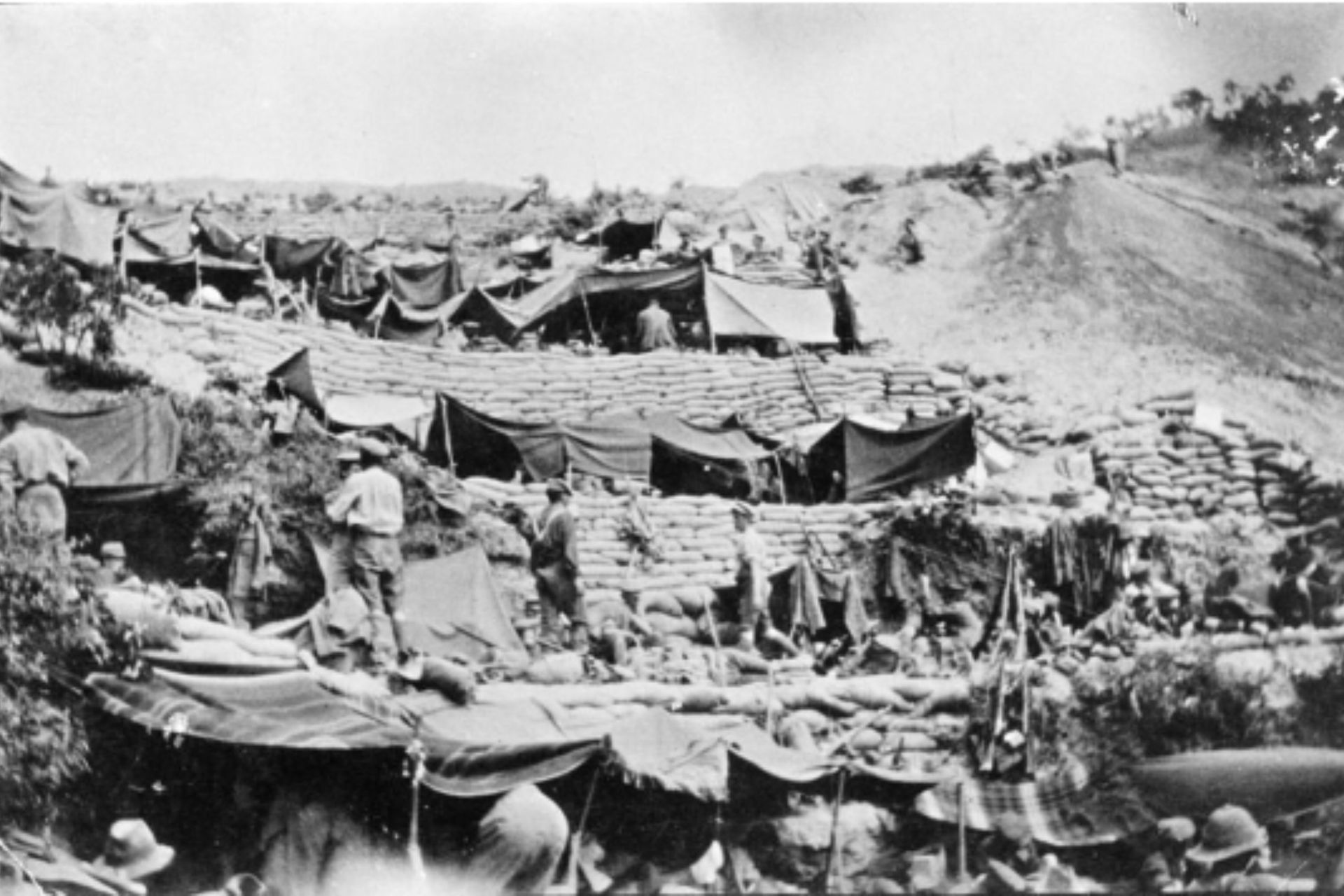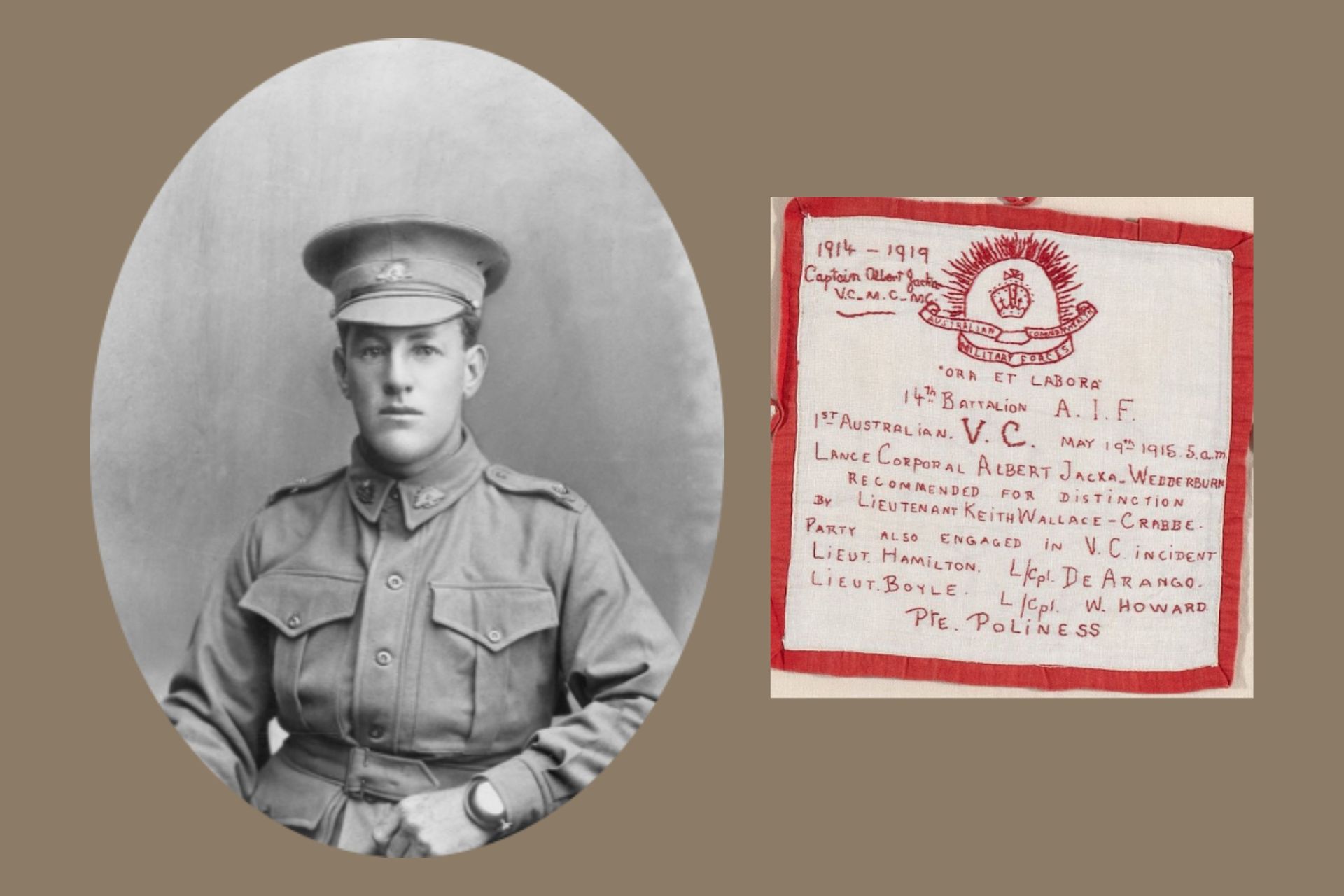Williamstown Timeball Tower
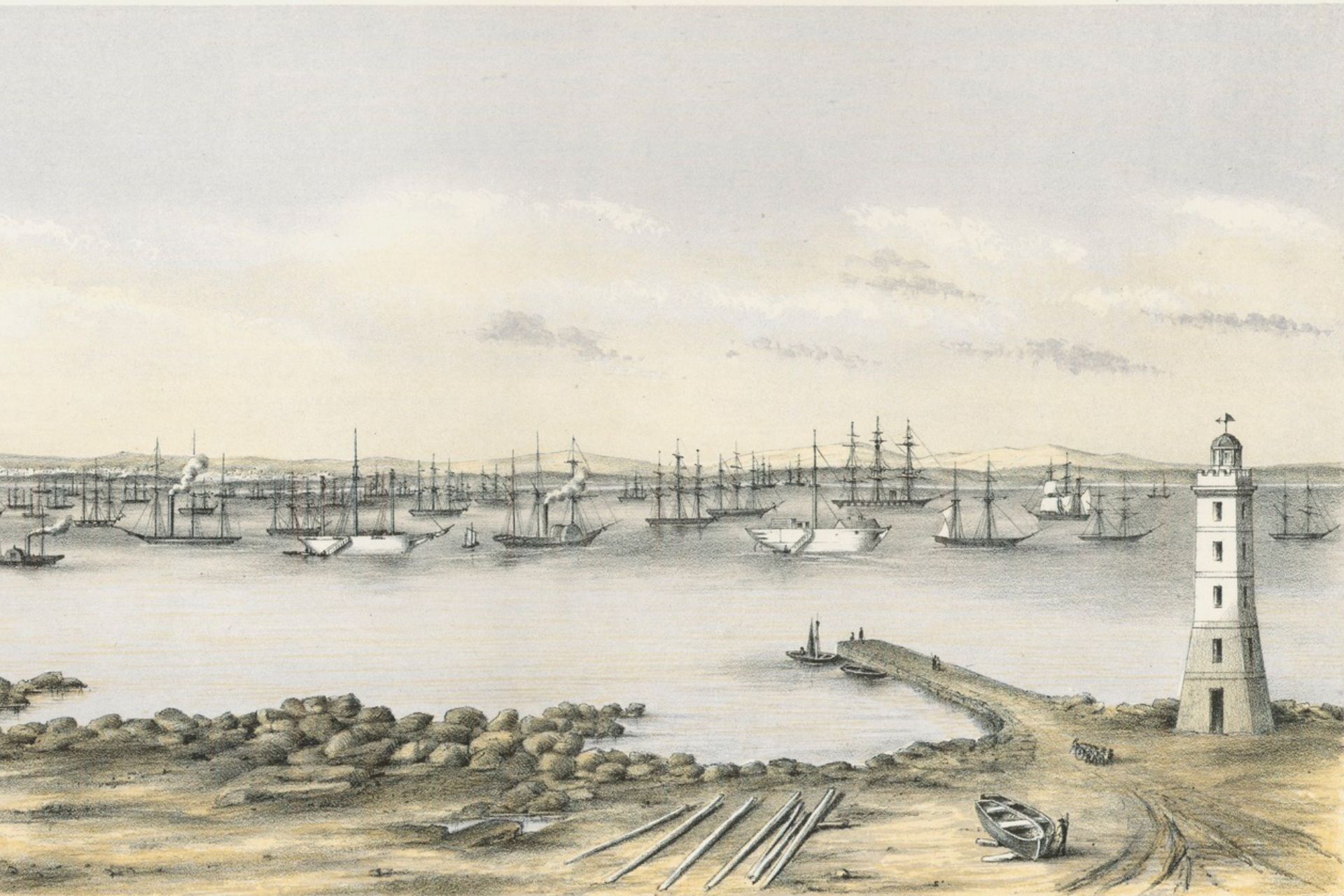
Standing watch over the waters of Hobsons Bay
This structure is sited between the old Gellibrand and Breakwater Piers, on the point known in former times as Point Drake, which to avoid confusion is now included in the area known as Point Gellibrand.
Seaward of the littoral is a fringe of rocks resulting from a lava flow which covered Williamstown.
The basalt beyond the shore now lies in the form of a plain of marine denudation. Gellibrand Reef and foulground extend, with depths of three fathoms and less, about three cables southward, and five cables east-south-east.
As early as the end of the year 1835, it was necessary to erect a navigational aid to avoid casualties. This landmark consisting of a barrel on top of a staff was fixed above a rock cairn. Later, a wooden lattice light platform was built and an oil lantern procured from Tasmania.
This light had a strictly limited usefulness and the stone lighthouse, now known as “Timeball Tower” was completed in 1852 by Contractor Linacre and free labourers. The masonry was quarried and cut by convict labour. The arrises of the base of the tower are set out to the cardinal points of the compass, and a benchmark was cut in the sill for use in the hydrographic survey of Victorian waters. The circular brick tower was added prior to World War II to bring the total height of the structure to 98 feet. The light is exhibited at a height of 90 feet to show red over the foul ground sector.
The Timeball Tower was constructed as a navigation light with an external lantern housing on top, but this housing was soon replaced by the timeball mast and the light was then exhibited from the upper window embrasures. The original timeball signals had been hoisted to a mast standing in the signal station which was adjacent to the tower. All flag hoists made from this signal station were in Captain Marryat’s code of signals.
The timeball apparatus used in conjunction with this mast comprised a large sphere of copper plate girdling in the mast, and resting in a sheet iron catcher cup when not in the hoisted position.
The ball was mast-headed shortly before one o’clock in the afternoon and dropped exactly upon the hour to allow Shipmasters to rate their chronometers. Manual operation of the timeball was replaced by an electrical dropping circuit after the introduction of the electric telegraph system to Victoria in 1854. This circuit allowed timeballs in Williamstown, Melbourne and Geelong to be released simultaneously with an infrequent error of less than one-twentieth of a second. At eight o’clock each night a light chronometer rating signal was transmitted by a beam of light.
Last keeper of the timeball was naval veteran R.T. Vaughan, who died in June 1926. During the illness preceding his death, the timeball did not operate for a period of ten days. As no official complaints were received, and in view of the fact that marine wireless communication was coming into general use it was decided to abandon the signal which operated for the last time in August 1926.
From “A Guide to Historic Williamstown” published by Williamstown Historical Society in 1972. Reprinted and revised in 1982.
